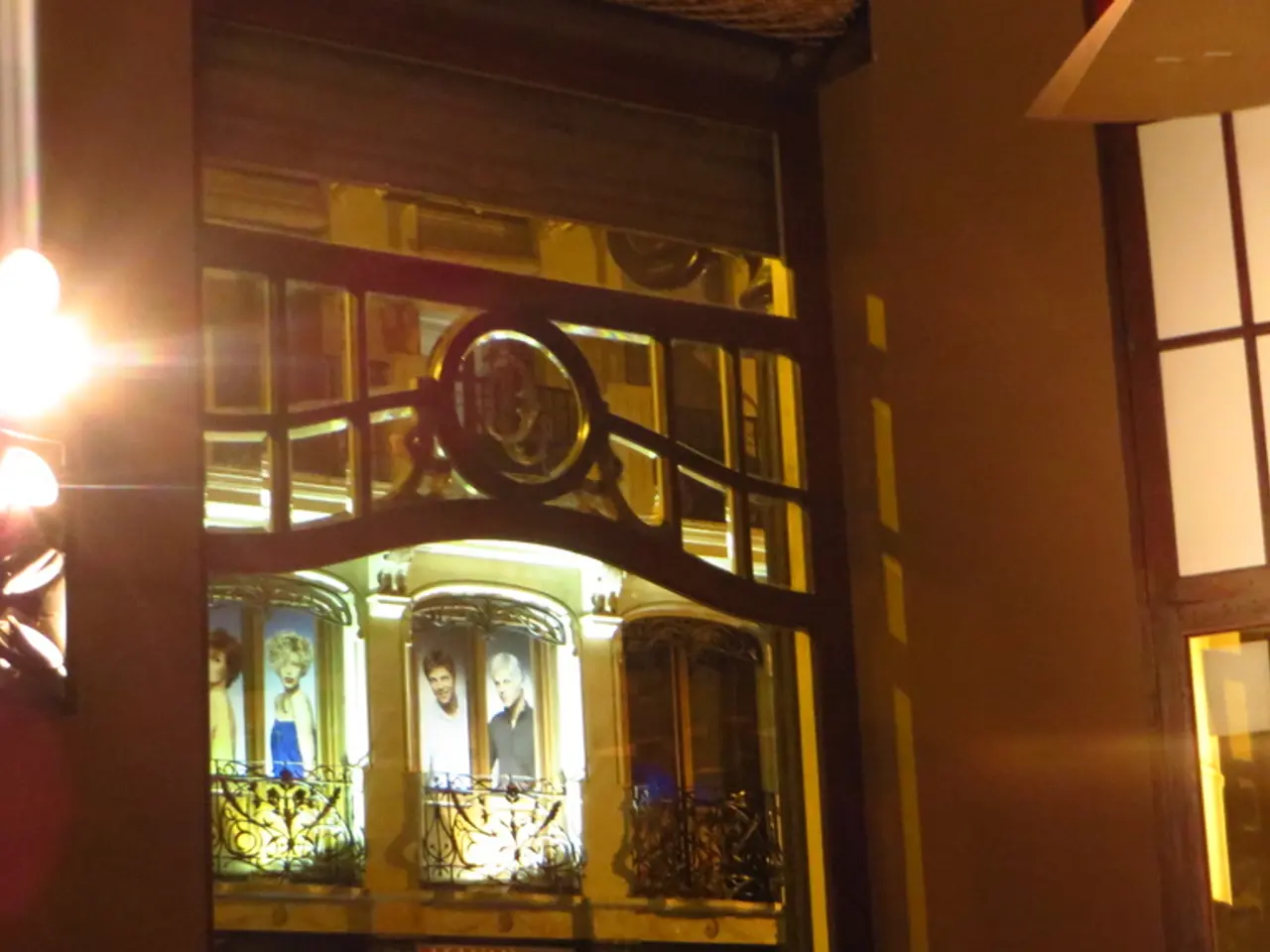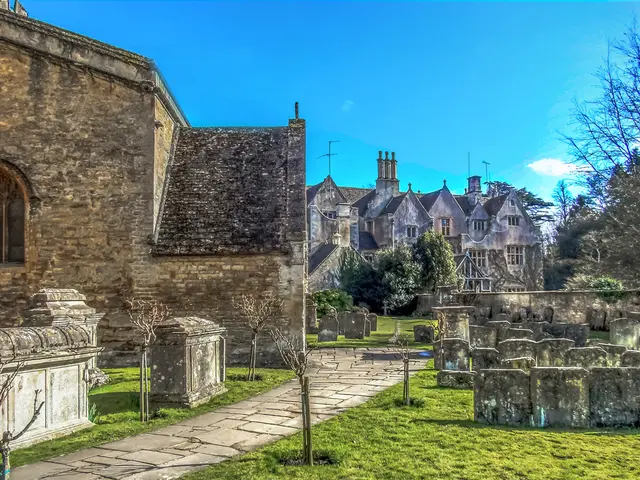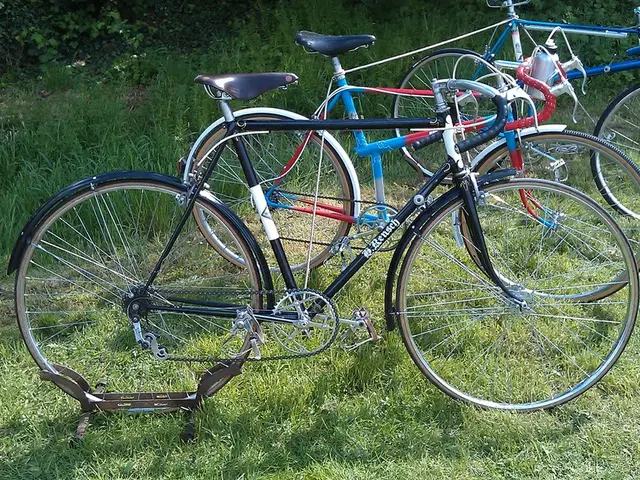Real Estate Decision: A Choice Regretted by Many
In the face of rising summer temperatures, France is leading the way with innovative housing designs that prioritise energy efficiency and sustainability. These new homes, inspired by historical practices, are designed to withstand heatwaves by incorporating a variety of key features aimed at keeping interiors cool and comfortable without relying heavily on energy-intensive systems.
One of the most notable features is the use of removable textile insulation, such as drapery, carpets, awnings, and toldos. These materials can be added or removed seasonally, providing flexible and low-energy climate control. The architectural design also emphasises passive cooling methods, using shading devices on windows, facades, roofs, and outdoor spaces to reduce solar heat gain.
To avoid becoming heat traps, these homes balance airtightness with ventilation or shading strategies. This approach ensures that homes remain comfortable without relying on electrical cooling systems, which may be unreliable during heatwaves. The energy efficiency and rapid deployment of these solutions make them suitable for both new and existing buildings.
Concrete and bricks, as thermal mass materials, are also utilised in these designs. They are capable of absorbing and slowly releasing heat, helping to maintain a comfortable indoor temperature. Meteorologists predict that the record temperatures seen this year will be broken in future summers, making these heatwave-resistant homes increasingly important.
The indoor temperature of older homes can exceed 26°C for an excessive number of hours during heatwaves, making them potentially uncomfortable. To address this issue, the environmental regulation 2020 (RE2020) requires new constructions to respect summer thermal performance since January 2022.
Cross-ventilation, with a minimum of two opposite facades, is incorporated into the designs to improve air circulation. Houses are oriented towards the southeast to benefit from morning sun and avoid overheating in the afternoon. The number of glass surfaces facing west is minimised to reduce overheating, while motorised roller blinds, adjustable aluminum sunshades, or pergolas are used for occultation of glass walls.
Buffer zones such as garages or pantries serve as natural thermal shields, helping to maintain a comfortable indoor temperature. The design of new homes prioritises staying cool without air conditioning, aiming to reduce electricity consumption and greenhouse gas emissions.
Loïc Vandromme, general director of the house constructor Hexaom, explains that new houses are designed to combat the rise in summer temperatures, which has become a public health issue. June 2025 was the second hottest June on record in France, following June 2003. As the fight against climate change continues, these heatwave-resistant homes offer a sustainable solution to the urgent need for heat-resilient housing in France.
- Considering the investment in sustainable solutions, these new homes in France, inspired by historical practices, have a focus on environmental-science, prioritizing energy-efficiency and climate-change mitigation by incorporating innovative strategies such as removable textile insulation, passive cooling methods, and smart use of thermal mass materials like concrete and bricks.
- In the financial aspect, these eco-friendly housing designs, in compliance with the environmental regulation 2020 (RE2020), offer long-term benefits in terms of lower energy consumption and reduced greenhouse gas emissions, making them a smart real-estate investment for homeowners seeking sustainable living solutions.
- As the world grapples with climate-change, these heatwave-resistant homes, with features like cross-ventilation, buffer zones, and shading devices, not only ensure comfort during rising summer temperatures but also contribute to the global effort in combating climate-change, making them an attractive option for those who prioritize environmental consciousness and energy-efficiency in their decision-making when it comes to housing.




